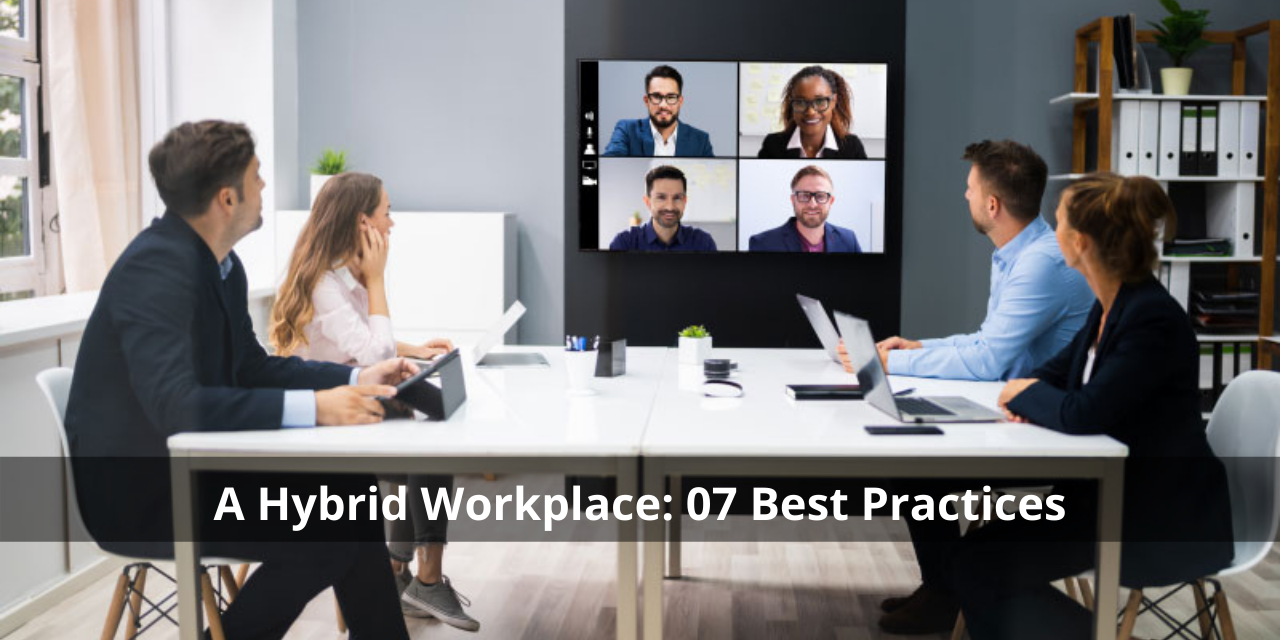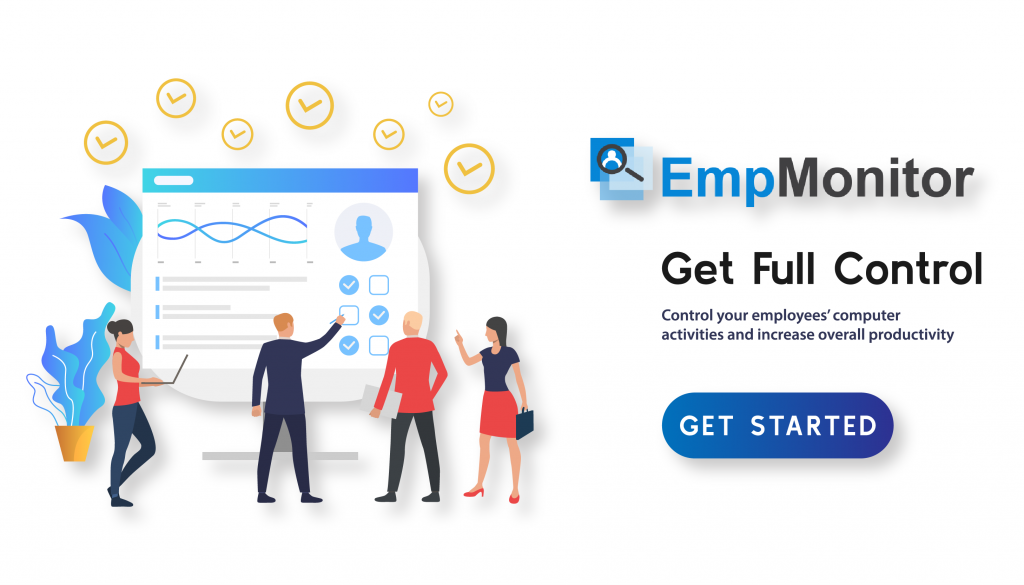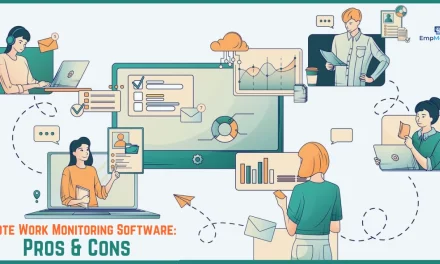The hybrid workplace model combines remote workers with on-site workers, with some or all employees having the flexibility to choose where and when they work. In-office time may be allocated by days or by teams, or on an as-needed basis. Where and when work gets done will be determined by what makes the most sense to drive the highest levels of productivity and engagement.
The hybrid model isn’t a fit for every workplace or every industry, it’s best suited to employees whose work is computer-based and doesn’t need to be performed on-site. A recent report from McKinsey looked at remote work that can be done without loss of productivity.
It determined that “about 20% to 25% of the workforce in advanced economies could work from home between three and five days a week. This represents four to five times more remote work than before the pandemic.
The hybrid workplace model is not temporary, or a stop-gap, instead it’s the future of work and of agile, resilient workplaces. So let’s find out what are the pros and cons of hybrid workplaces and hybrid workplace best practices.
The Pros of a Hybrid Workplace
Following are the pros of a hybrid workplace:
Increased Productivity
In a hybrid workplace, flexible workers can utilize their time better. They can choose to avoid commuting at busy times. They can fully focus on tasks without the noises and interruptions of the traditional office environment. They can choose to work when they’re feeling most productive, whether that’s in the middle of the night or first thing in the morning. When employees are happier, better rested, and less stressed, they do better work.
Greater work-life balance
Being stuck to a desk for eight hours a day, five days a week isn’t exactly conducive to a healthy work-life balance. With a hybrid workplace model, employees can create a schedule that works for their individual circumstances and needs. A hybrid workplace supports all of these team members to ensure they can organize their time in a way that benefits their overall well-being.
A flexible working model is especially beneficial for team members with disabilities or other health needs when it comes to work-life balance. Commuting every day, attending energy-draining meetings, and coordinating and attending medical appointments can be difficult for people with disabilities when the expectation is to be in-office for all of their working hours. With a hybrid working environment, employees with disabilities have the flexibility to come in when they wish.
Lower Costs for Both Employers and Employees
When there are fewer people in the office on a daily basis, organizations can reduce costs due to a number of factors. For one, if most employees are in-office just two to three days per week, workplaces can move to a hot desk model, where workers take whatever open desk is available rather than having an assigned seat. Since fewer individual desks are required overall, businesses can move to smaller spaces and cut down on rental expenses.
Besides compensation, real estate (rent, management, maintenance, utilities, etc.) is the biggest cost category for businesses.
More Creativity
The introduction of flexible work models encourages coworking spaces, open-plan offices, and hot desk environments. Team members can share ideas more freely with no one tethered to their desks and fewer physical barriers separating workers.
The hybrid work model enhances creativity, gives people time to think and ideate. Everybody has a different method for brainstorming and strategizing, and this flexible work model means they’re able to set aside the time and the location where they can do so best. Some people come up with their best ideas while walking in the woods, while others are most creative when under pressure in a noisy office. The hybrid work model leaves plenty of room for both.
Cons of the Hybrid Workplace Model
Following are the cons of hybrid workplace:
Potential Burnout
Left unchecked, a culture of overworking can creep into a hybrid workplace model. Remote workers may work longer hours and take shorter breaks than their in-office counterparts. They worry that because they are out of sight, their in-office colleagues may perceive them to be slacking off, so they tend to overcompensate by staying late or making themselves available outside traditional work hours.
Increased Reliance On Technology
Decoupling a business from its physical premises is a huge and complex challenge, but a hybrid workplace must be able to operate in a location-agnostic way. The same cloud-based productivity suites that enable remote working, such as Google Workspace and Microsoft 365, also enable a hybrid office to get work done from anywhere on the planet.
This means everyone needs to be given adequate hardware and resources—including laptops and phones, for example—to do their job no matter how far from the office they are. The IT department of a hybrid office needs to be able to manage a whole mess of different personal devices connecting from unpredictable locations, to not only ensure a level playing field for all employees but to keep the company’s data secure.
Feeling Left Out
If you’ve ever missed a legendary team lunch, you know just how real workplace FOMO is. A hybrid workplace model can magnify this feeling. Remote employees will miss out on side-of-desk conversations, water cooler chats, and yes, team lunches and hangouts that their in-office colleagues are privy to.
Besides being a hindrance to the social aspect of work, missing out on these relationship-building interpersonal interactions can negatively impact the actual work being done. Employees that have shared positive social exchanges are more likely to work better together. They’re able to chat freely and honestly, without worrying about any awkwardness or breaking the ice.
Redesigning the Office Layout
To complete the transition to a hybrid workplace, employers must invest in reshaping their existing office space to meet the needs of flexible workers. That means providing a variety of different areas for employees to do their best work, such as common areas for breakout sessions, quiet zones for concentrating, and adaptable meeting rooms that can be quickly repurposed for activity-based work.
A hybrid office requires extended functionality, including power outlets by seats for charging, conferencing screens to seamlessly link up with remote colleagues, and strong Wi-Fi in any location where somebody might try to get some work done. For companies based in older buildings, this kind of redesign could pose a significant challenge.
Collaboration Difficulty
In an unsuccessful hybrid workplace, some employees may find it tough to collaborate. Running brainstorms and meetings where some people are in the physical meeting room and others are calling in via a conference call tool such as Zoom leads to a certain us versus them mentality. That in-office may feel that those at home have it easier and are working less, while those at home may feel left out of conversations and events taking place in the office.
Not only that, but communication can be difficult during brainstorms and meetings when the attendees are a mix of remote and in-office workers. Those calling into a meeting might find it tougher to speak up and share their thoughts when a conversation occurs in person.
Hybrid Workplace Best Practices
Build The Infrastructure That’ll Support Flexible Work
At its best, hybrid work will bridge the remote and on-site environments so employees can work together with ease. You’ll need to invest in technologies that enable this, such as communication tools and on-site video conferencing equipment. Decide whether you need new tools or if you can leverage existing ones in new ways.
Establish company-wide communication best practices and encourage team leads to set clear expectations with their employees.
Create office schedules to manage workplace traffic and provide employees flexibility. There are several ways to approach this. For example, you may decide employees will work on-site on certain days or weeks. Or, you could allow custom scheduling where managers set their team’s schedules.
Gather Employee Feedback Regularly
Listening to your employees is critical to making hybrid work a success. Be sure to keep an open line of communication with your people as you’re thinking through changes to the workplace that may impact them. Ideally, the changes you make will be a win for your organization and its employees.
Consider creating a cross-functional workplace committee that includes employee representatives. This way, when it comes to making decisions, like the best way to proceed with scheduling, you’ll have multiple employee perspectives.
Adjust Management Style and Expectations
With a hybrid workforce, managers and company leaders need to shift their management styles and expectations of employees.
No longer can they hold some of the rigid ideas associated with an in-office work model. Instead, with a hybrid workforce, management needs to be more flexible with scheduling, understanding of remote work hurdles and focused on employee outcomes, not activity.
Make The Employee Experience Standardized
With a hybrid workforce, there will be times that different employees are in the office or accessible at different times. Maybe some employees are in their cubicles more than others, while some may only be in the office once a week.
Whatever the situation, it is critical that hybrid employees are treated equally and without favoritism or perks — conscious or unconscious. In order to keep a healthy and communicative hybrid work culture, businesses should have plans in place on how to keep all employees engaged, stimulated, and appreciated all on the same level.
Provide Adequate Training For This New Era
Even if your team has been operating remotely or from a hybrid model for some time now, it is important to emphasize the right training.
As technology changes and updates, and your business gets more comfortable with its hybrid workforce, continued training on new software and tools are non-negotiable. One-on-one or small group training is paramount when workflow changes or new practices are thrown into the mix.
It can be easy to neglect training employees adequately when work is done part of the time from home. A quick 30 minute Google Hangout and a few supplemental links don’t always suffice. Therefore, businesses must ensure that training for a hybrid workforce remains a top priority.
Communicate with Your People
To succeed with a hybrid work model, communication is key. Yet 60% of companies don’t have a long-term internal communications strategy. This could be why many companies found it difficult to switch from a traditional work model to remote work during the pandemic.
Adopting a hybrid work model will no doubt require decision-making that will impact some or all of your workforce. As a workplace leader, it’s your job to ensure your people know what’s going on with the workplace in the midst of broader organizational changes. It’s important that you know who is impacted by these decisions, as well as how and when you’ll communicate changes to employees. Your communication strategy should cover:
- Who your audience is
- What your message to them will be
- What channels you’ll use to communicate
It’s also helpful to do a pre-mortem with workplace stakeholders to plan for any challenges that may arise once you send any communications out. This will ensure your team can act fast, if needed, to address any questions or concerns people may have.
Invest in Company Culture
Be intentional about reinforcing your company culture. This is even more important in a hybrid work model, where it’s not always possible to swing by someone’s desk or have a water cooler chat. Invest in opportunities that delight your employees, like gamifying part of your company’s onboarding experience.
Consider how you can create experiences for the hybrid work landscape around your company’s core values. For example, if your organization values teamwork, you might arrange a virtual team-building activity.
Check Out Our Latest Posts:
Learn how to get benefited from workforce optimization
Employee Keystrokes Monitoring | Everything You Need To Know In 2022
Why You Must Have Time Management Skills in 2022
Hybrid Remote Meaning: How It Works & Why Companies Love It?
Are Employees Using A Mouse Jiggler? Find Out Now
Create A Hybrid Culture That’s Built To Last
The hybrid workplace has become more important now than ever before because the new era of mixed in-office and remote work has a very different structure than any hybrid or remote work arrangements of the past.
A workplace that embraces personal choice and safety but allows for engaging collaboration – no matter where their workers are? We’ll explore this in our upcoming posts.













